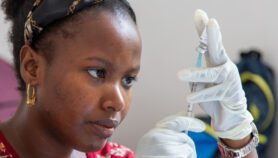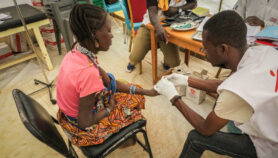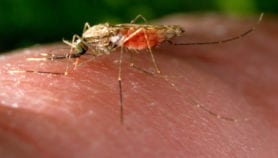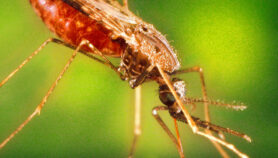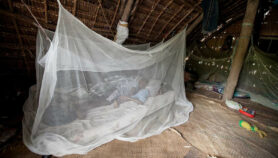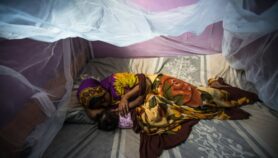22/04/21
The 25 countries that could beat malaria by 2025
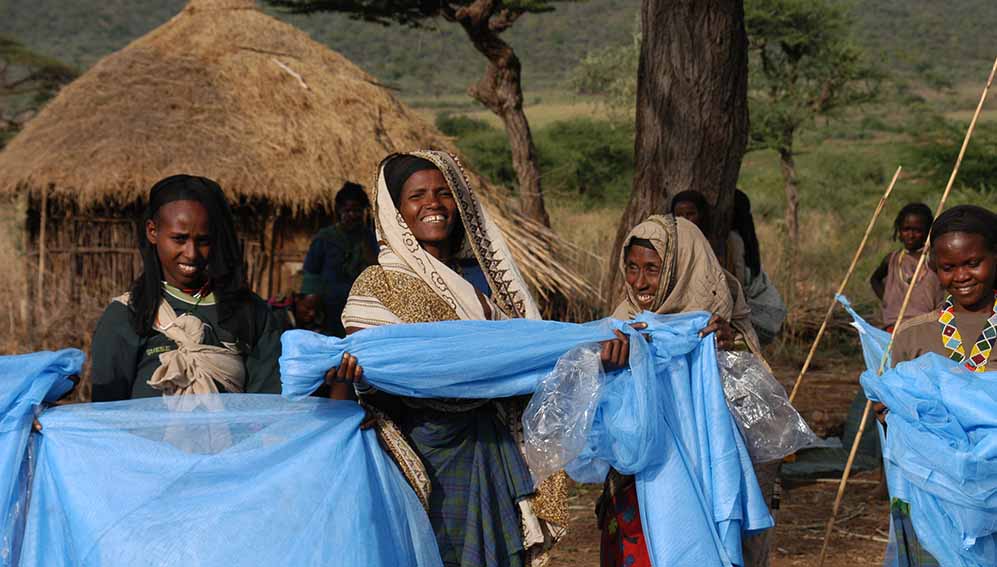
By: Laura Owings
Send to a friend
The details you provide on this page will not be used to send unsolicited email, and will not be sold to a 3rd party. See privacy policy.
The World Health Organization (WHO) says it has identified 25 countries with the potential to stamp out malaria in the next five years, despite the added burden of COVID-19 and antimalarial drug resistance.
Among the group are 17 countries that failed to meet targets to eliminate the disease by 2020. They will join the new E-2025 initiative and receive specialised support and technical guidance targeting elimination by 2025, the WHO said.
The WHO announced the initiative on 21 April alongside the release of the Zeroing in on malaria elimination report, which charts the progress of the E-2020 initiative launched in 2017 to help 21 countries in their efforts to eliminate malaria by 2020.
“No matter what burden of malaria you have in your country, there’s a path that can be walked and the end stage of that path will be eliminating malaria,”
Pedro Alonso, director, WHO Global Malaria Programme
Last year alone eight countries reported zero indigenous cases of malaria, “a remarkable achievement in view of the ongoing global COVID-19 pandemic,” the report says.
Twenty-four countries had interrupted malaria transmission for three years or more by the end of 2020, of which 11 were certified malaria-free, according to the report. Out of 87 countries with malaria, 46 reported fewer than 10,000 cases of the disease in 2019 compared to 26 countries in 2000.
Speaking ahead of World Malaria Day on 25 April, WHO director-general Tedros Adhanom Ghebreyesus said: “Many of the countries we are recognising today carried, at one time, a very high burden of malaria. Their successes were hard-won and came only after decades of concerted action. Together, they have shown the world that malaria elimination is a viable goal for all countries.”
The WHO warns, however, that essential health services, including those for malaria, must be maintained if progress is to continue.
About one third of countries around the world reported disruptions in malaria prevention, diagnosis and treatment services during the first quarter of 2021, a survey by the organisation found, while lockdowns and restrictions on movement led to delays in the delivery of insecticide-treated mosquito nets and indoor insecticide spraying campaigns.
Standout progress was made in South-East Asia’s Greater Mekong region, however, where the reported number of malaria cases in six countries fell by 97 per cent between 2000 and 2020.
In the six countries — Cambodia, China (Yunnan Province), Laos, Myanmar, Thailand and Vietnam — deaths from malaria fell more than 99 per cent in the same period, despite the ongoing threat of antimalarial drug resistance, the WHO noted.
In Latin America, El Salvador became the first country in the region to eliminate the disease when it was declared malaria-free by the WHO earlier this year. In 1965 the country had reported the highest number of malaria cases in Central America.
The 25 countries in the E-2025 group still to achieve this goal will gain access to WHO guidance tools, activities and strategies as well as global forums and advisory bodies.
“This includes experienced virologists, public health experts and politicians that support countries in identifying bottlenecks in walking the last mile and resolving them,” said Pedro Alonso, director of the WHO Global Malaria Programme during a virtual press conference on 20 April.
Heading into the new five-year target, the E-2020 report identifies common drivers of success toward elimination. Among these are political commitment, sustained funding, inclusive health systems, surveillance data and community engagement.
“The response has been owned by these countries and they by and large fund it themselves,” Alonso said, citing Algeria as noteworthy among the report’s case studies.
Algeria became the third country in Africa to be officially certified malaria-free in 2020 after Mauritius (1973) and Morocco (2010). Its malaria elimination programme was fully funded through domestic sources.
“If another 25 countries can confirm this is a viable path that can be walked, that in itself will be a massive source of inspiration for the rest of the endemic countries,” Alonso said.
Inspiration is a fantastic motivator, says Jaishree Raman, principal medical scientist at the National Institute for Communicable Diseases (NICD) in South Africa and member of the South African Malaria Elimination Committee (SAMEC). “But maintaining that is hard when you have constant challenges and lack of resources.”
South Africa was among the countries named in the E-2020 initiative that have been carried over to the new E-2025 group. It recorded 4,463 malaria cases at the end of 2020.
With the additional burden of COVID-19, Raman says domestic funding is scarce for malaria programmes. “Without financing, human capacity and infrastructural support, this isn’t going to achieve elimination in South Africa or countries like it,” she added.
In the face of these barriers, Alonso says the WHO aims to send a “message of hope” ahead of World Malaria Day.
“No matter what burden of malaria you have in your country, there’s a path that can be walked and the end stage of that path will be eliminating malaria,” he said.






